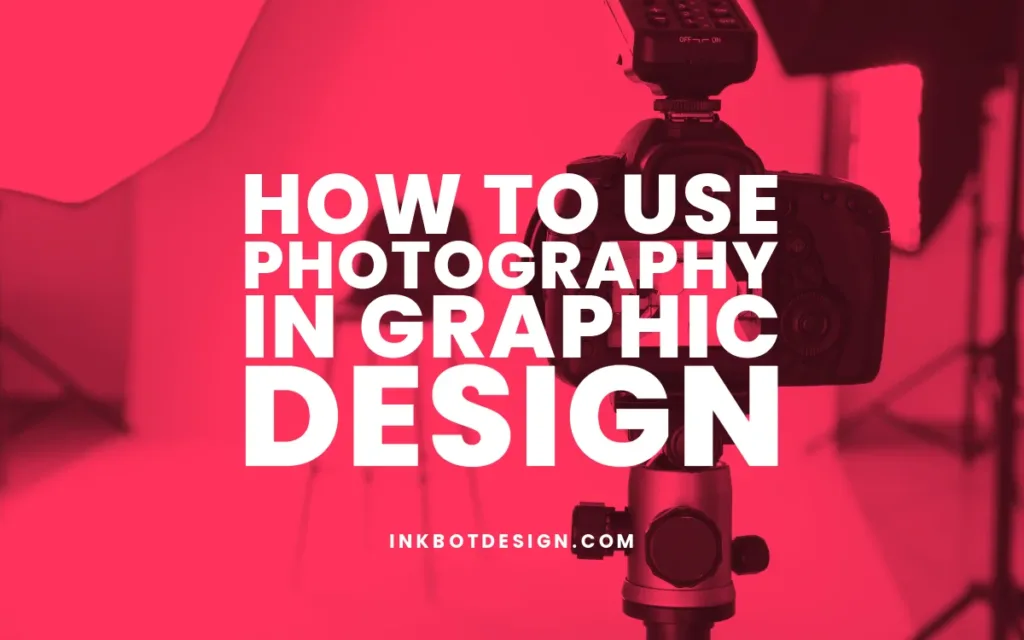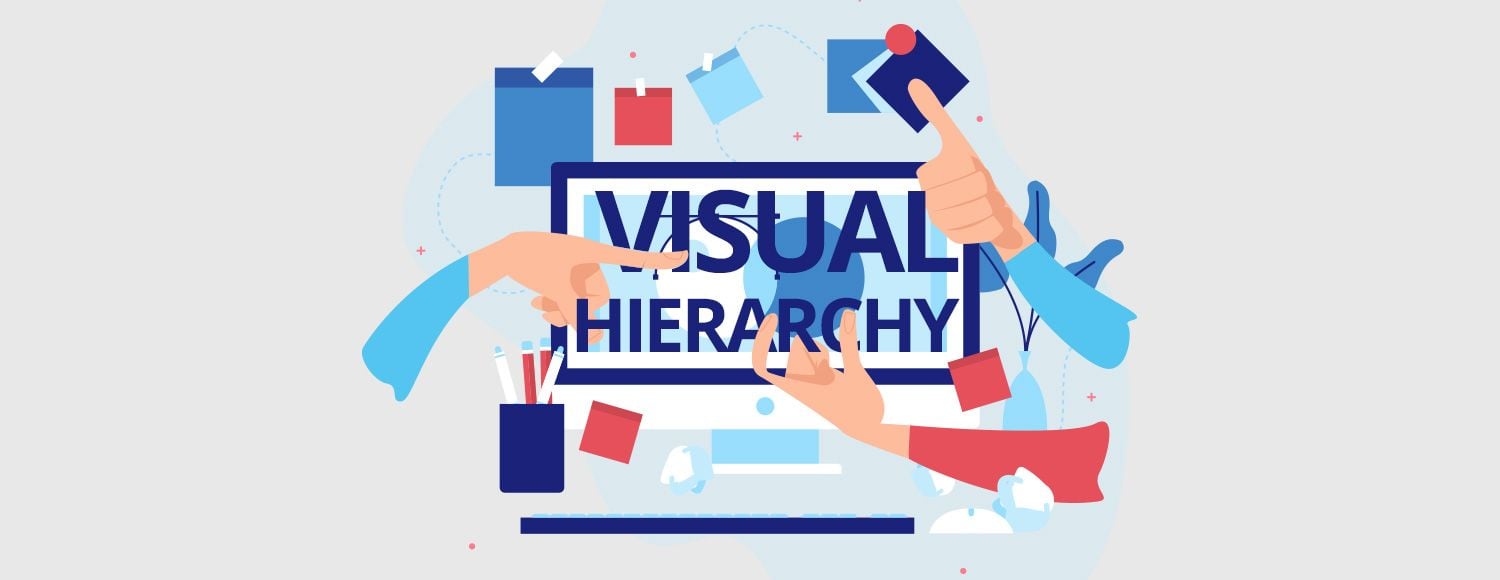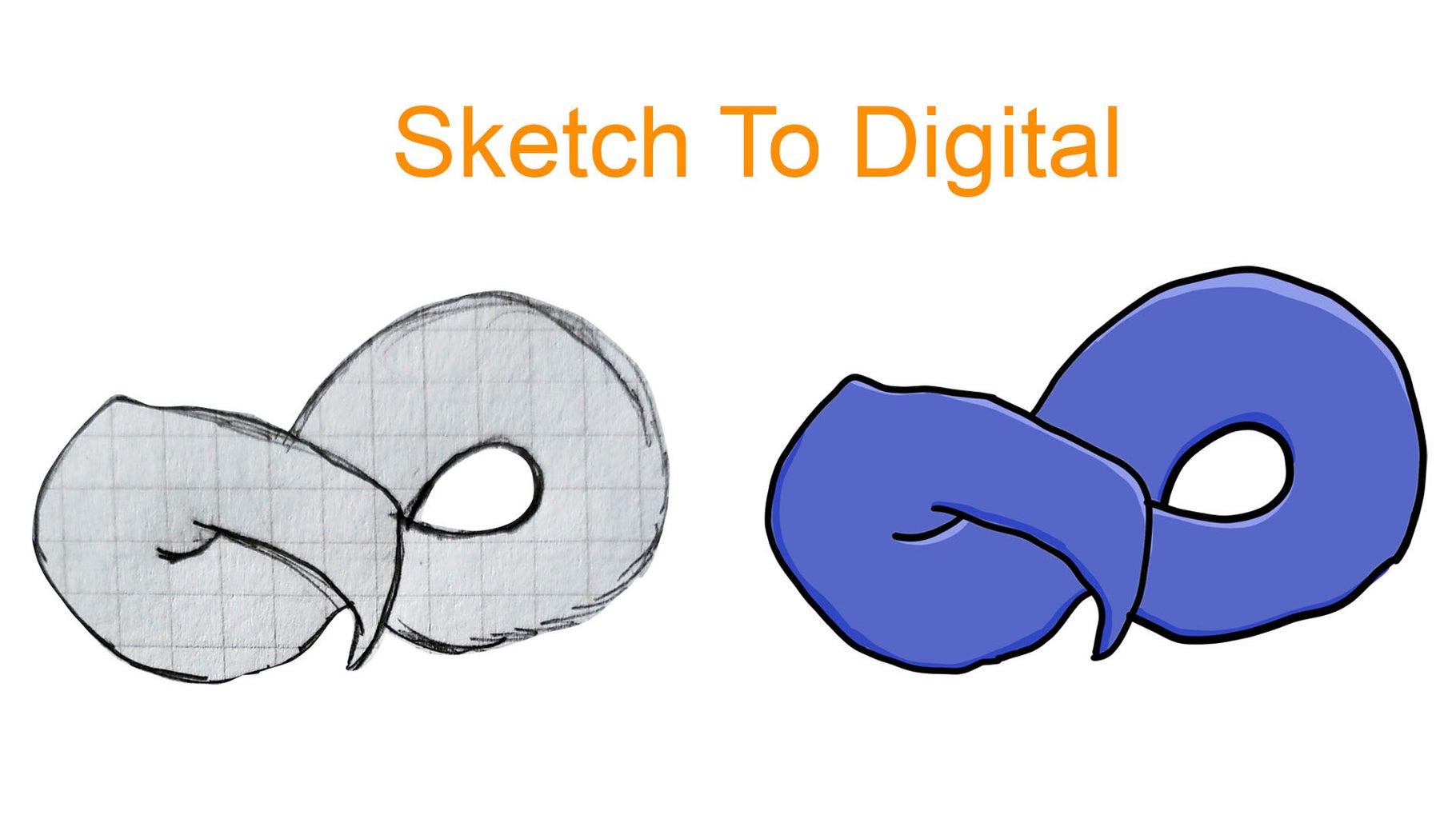A perfect alignment will provide a good basis for most graphics designs so as to create harmonious, readable, and professional visual results. It plays a significant role in organizing elements on a page, creating a sense of order, and guiding the viewer's eye well. Here's why alignment matters:
1. Enhances Readability & Clarity
Proper alignment places text and images in an ordered way, and this makes it easier to read and understand content. Misaligned elements can make the content look confusing and littered with too much visual matter.
2. It Gives a Professional & Polished Look
Alignment in well-designed work tends to look better structured, visually appealing, and professionally done. A design poorly aligned can create an unstructured look and give the impression of being amateurly done.
3. Enhances Visual Connection Among Elements
Alignment helps create a relationship between the different elements of the design, such as text, images, and buttons, making the design feel cohesive and connected.
4. Helps in Hierarchy & Flow
Proper alignment guides the viewer's eye naturally through the design, ensuring they absorb the most important information first. It helps create a clear hierarchy that improves the overall user experience.
5. Enhances Balance & Consistency
Using left, right, center, or justified alignment brings consistency to the design itself to culminate into a balanced composition that feels structured and harmonious.
6. Enhances Brand Credibility
Well-aligned graphics convey professionalism and attention to detail, which helps build trust and credibility with your audience.
Best Practices on Alignment in Design
- Use grids and guides for consistency
- Align elements to a common edge (left, right, center) for a clean appearance.
- Elements should be kept equidistant for balance.
- Too many different alignment styles in one design is a no-no.






